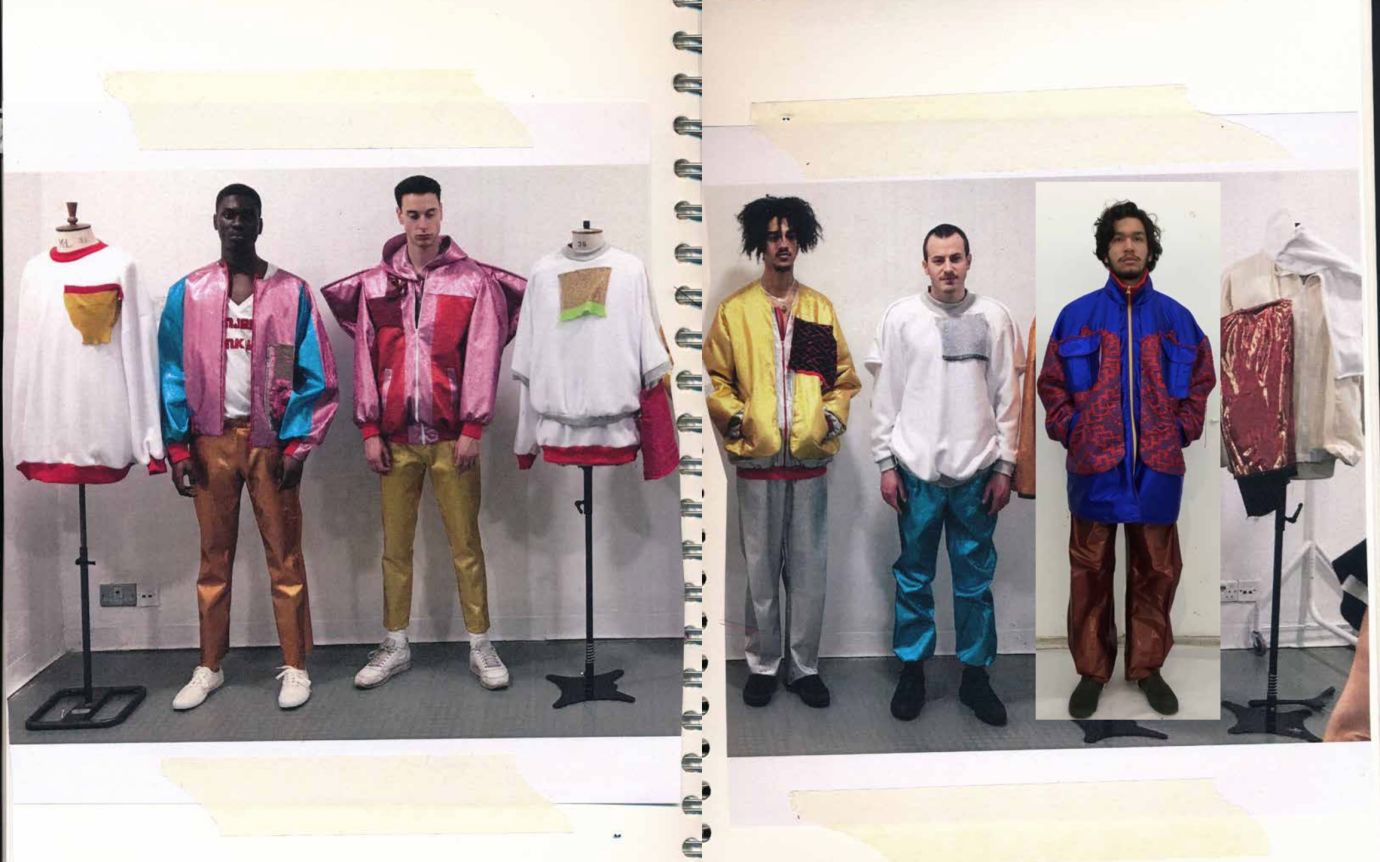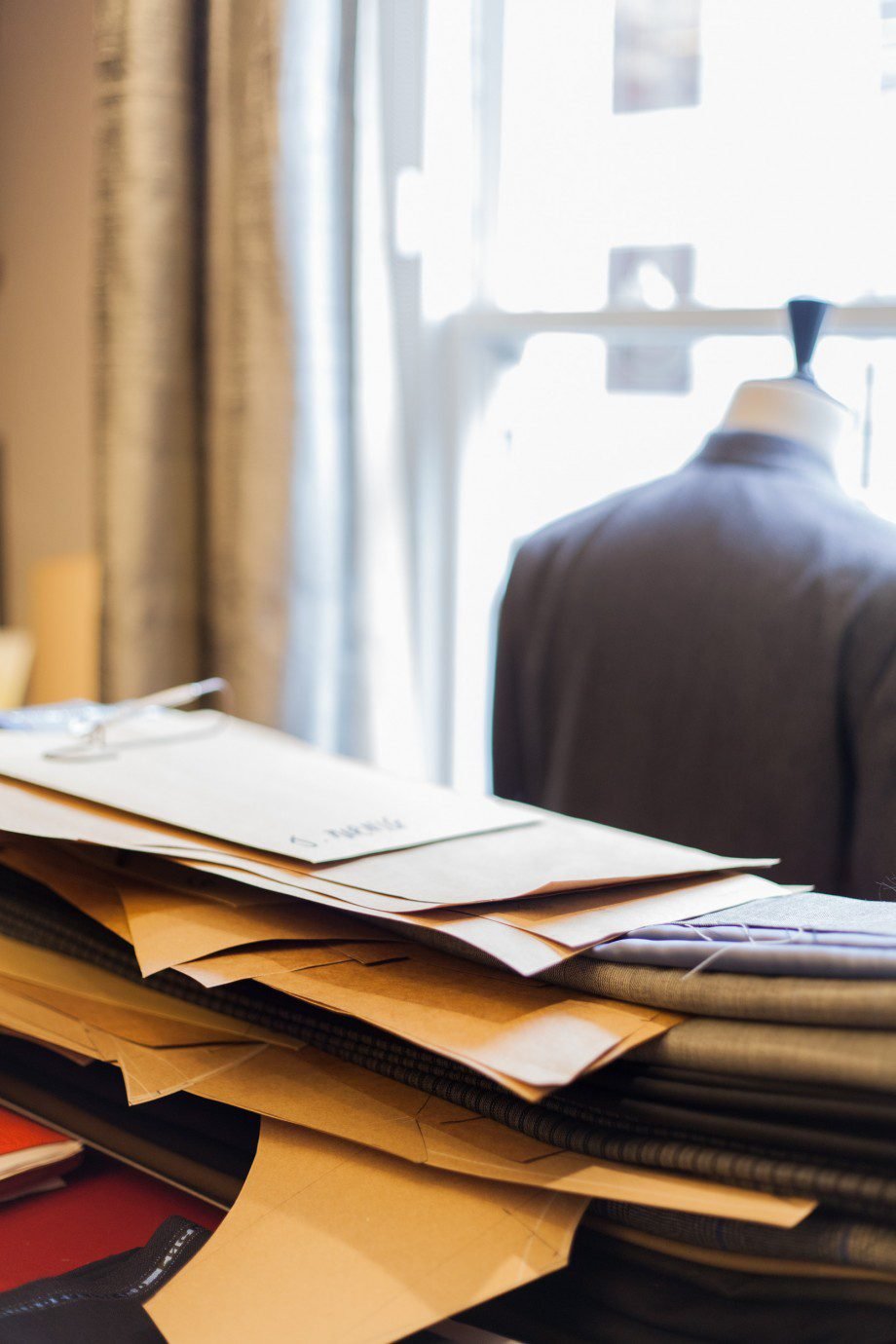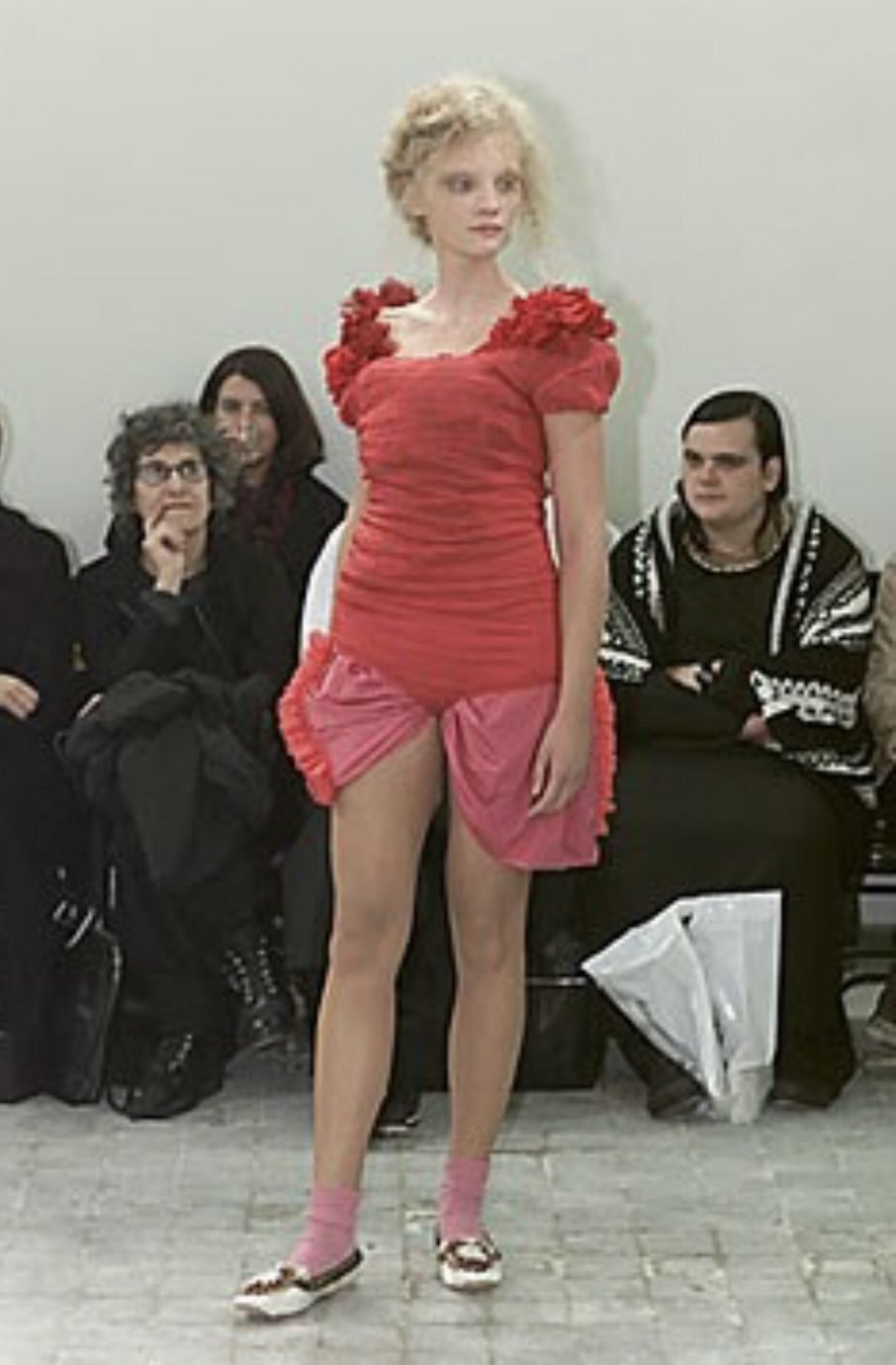“Malanka” is a Russian, Ukrainian, and Belarusian folk holiday which in some places takes place on New Year’s Eve, celebrated on the 13th of January, or on Christmas day, on the 7th of January. Malanka consists of many masquerade happenings in various villages in the Western part of the country and it is held “to thank God for all the favours already received and ask for new ones for the next year,” as Masha Reva explains. “Traditionally, only men can wear costumes, which are prepared by the members of their families. Quite a few of them are dressed as women, representing St.Melania or other Orthodox Christmas characters,” Reva continues. The groups go around the villages from door to door, singing songs and getting money, food, or Samogonka (a strong Ukrainian vodka) as a reward. “The costumes were so heavy and tiring that some members of the family were following the costume wearers with water supplies,” Masha remembers.
Like many folklore traditions of this kind, the notion of sarcasm is a core element of the atmosphere with more characters getting added every year, representing politicians, policemen, and contemporary personas, aiming to comment on bigger topics like politics and corruption.
When the creatives were asked if they dressed up as characters themselves the answer was clear and direct “We were wearing warm daily clothes but I feel like dressing up whilst being from another city is fake. The costumes are made by locals and for locals,” Nadiia Shapoval explained. The issue of taking inspiration from traditional costumes is a big part of the fashion discourse, with Ukrainian culture in specific being heavily appropriated in the last years. “I am sure celebrations like Malanka can be a fashion inspiration but I hope that won’t lead to copying or reproduction. These costumes are national heritage and students need to be really careful with this kind of inspiration. I think we all should stop taking folklore elements and using them in fashion – Ukrainians, and foreigners. I believe that some elements are just for museums and not for fashion and making money,” Nadiia states passionately. Masha, on the other hand, feels differently: “I think if inspiration is sincere and doesn’t hurt other people, that’s absolutely fine. I know that it’s quite logical to use my own heritage, hoping to contribute to its growth. I can only wish the best for my country and I’m very pleased when my foreign friends are coming here and absorb our culture and it becomes dear to their hearts. ”


























